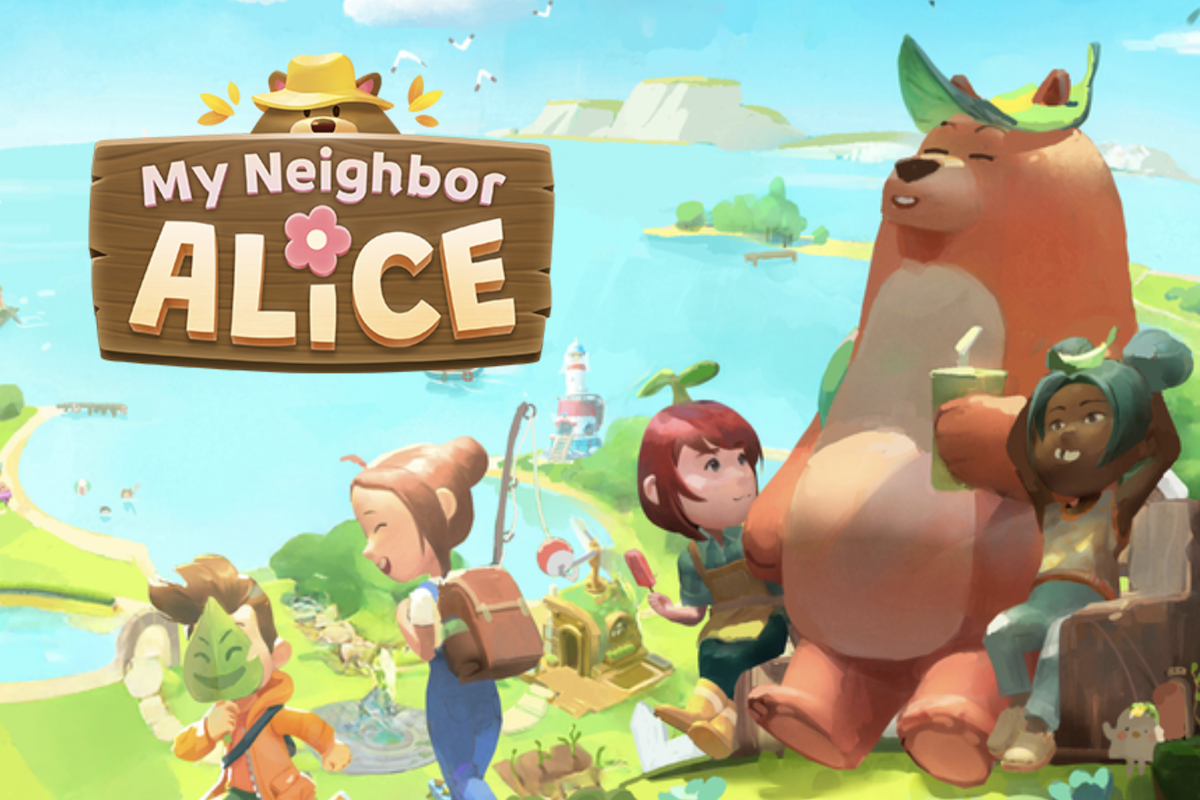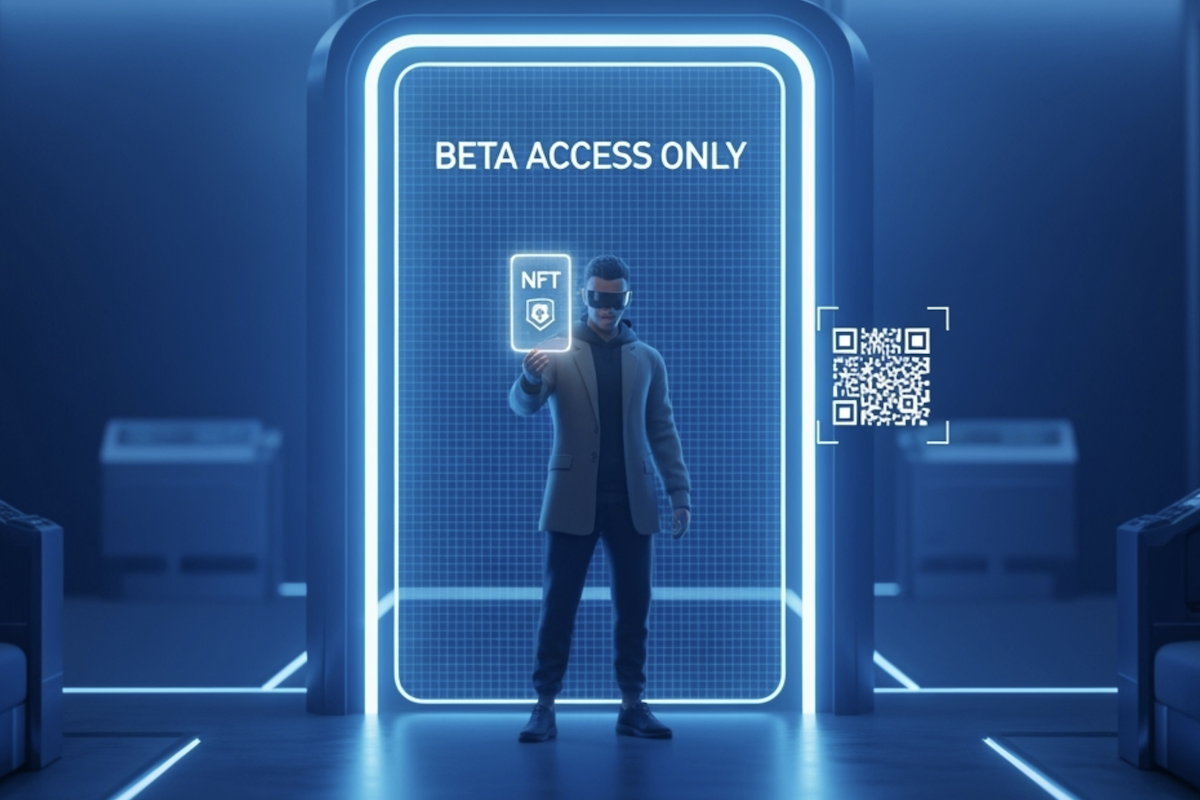The Rise of Metaverse Gaming Worlds
Explore the rise of metaverse gaming worlds, where players immerse in interactive, digital universes. Learn about their impact on the gaming industry and beyond.

The digital world is evolving. It's no longer just about scrolling through social media or playing traditional video games. A new form of immersive, interactive experience is on the rise: the metaverse game.
Metaverse games are virtual universes. They offer players the chance to explore, create, and interact in ways that blur the line between reality and the digital realm.
These games are not just about winning or losing. They're about living and experiencing a whole new world, right from your screen.
In this article, we delve into the rise of metaverse gaming worlds. We'll explore what they are, how they're developed, and their impact on the gaming industry and beyond.
Join us as we journey into the metaverse, the next frontier of digital entertainment.
What is a Metaverse Game?
A metaverse game is more than just a video game. It's a fully immersive, interactive digital universe.
In these games, players can explore vast virtual landscapes and interact with other players and the environment in real time.
But what sets metaverse games apart from traditional video games? Here are a few key characteristics:
- User-generated content: Players can create and customize their own content, from their avatars to the buildings and objects in the game world.
- Persistent worlds: The game world continues to exist and evolve, even when the player is not online.
- Social interaction: Players can communicate, collaborate, and form communities within the game.
- Digital economies: Players can earn, trade, and spend virtual currency within the game.
- Cross-platform compatibility: Players can access the game from various devices, including PCs, consoles, and VR headsets.
In essence, a metaverse game is a living, breathing digital world. It's a place where players can live out virtual lives, full of adventure, creativity, and social interaction.
The Evolution of Metaverse Gaming
The concept of a metaverse has been around for decades. It was first popularized in the 1992 science fiction novel "Snow Crash" by Neal Stephenson.
In the book, the metaverse was a virtual reality-based successor to the internet. Users could interact with a computer-generated world and other users' avatars.
Fast forward to the 21st century, and the metaverse is no longer just a concept. It's a reality, thanks to advancements in technology such as virtual reality, augmented reality, and blockchain.
The first metaverse games were simple virtual worlds. They allowed players to explore, interact, and create, but they were limited in scope and functionality.
Today's metaverse games, however, are vast, complex, and highly immersive. They offer endless possibilities for exploration, creation, and social interaction. And they're just the beginning of what's to come in the evolution of metaverse gaming.

Source: Depositphotos
The Technology Behind Metaverse Games
The creation of metaverse games is a complex process. It involves a blend of various technologies, each playing a crucial role in the development and operation of these digital worlds.
Virtual reality (VR) and augmented reality (AR) are at the forefront. These technologies provide the immersive experiences that define metaverse games. They allow players to step into the game world, interacting with it in a way that feels real.
- VR immerses players in a completely virtual environment.
- AR overlays virtual elements onto the real world.
Another key technology is blockchain. It's used to create and manage digital assets within the game. These assets can be anything from virtual real estate to in-game items and avatars.
Artificial intelligence (AI) also plays a significant role. It's used to create dynamic, responsive game worlds that can adapt and evolve based on player actions.
Lastly, powerful servers and network infrastructure are needed. They support the large numbers of concurrent users that metaverse games can host. Without them, these expansive digital worlds wouldn't be possible.
How Metaverse Games are Changing the Gaming Landscape
Metaverse games are reshaping the gaming landscape in profound ways. They're pushing the boundaries of what's possible in a game, offering experiences that are more immersive, interactive, and social than ever before.
One of the key ways they're doing this is through user-generated content. In many metaverse games, players can create their own in-game items, buildings, and even entire worlds. This level of customization and creativity is unprecedented in traditional video games.
Metaverse games are also blurring the lines between gaming and social media. They're not just about playing a game, but also about hanging out with friends, attending virtual concerts, and exploring new places. They're becoming a new kind of online social space.
Finally, metaverse games are introducing new forms of digital economies. Players can buy, sell, and trade virtual goods, often using cryptocurrency. Some players even make a living from their in-game activities.
In these ways and more, metaverse games are transforming the gaming industry. They're creating a new kind of gaming experience, one that's more immersive, social, and creative than anything we've seen before.
The Role of Community in Metaverse Games
Community plays a pivotal role in metaverse games. These digital worlds are not just about individual gameplay, but also about social interaction and collaboration.
Players form teams, join guilds, and participate in shared quests and events. They can chat, trade, and even form friendships with other players from around the world. This sense of community can make the gaming experience more engaging and rewarding.
Moreover, many metaverse games encourage player feedback and co-creation. Developers often incorporate player suggestions into game updates, fostering a sense of ownership and involvement among the community.
In essence, metaverse games are not just games, but social platforms. They offer a space for players to interact, collaborate, and form communities, enriching the gaming experience in unique ways.

Source: Depositphotos
Metaverse Game Studios: Pioneers of Digital Worlds
Metaverse game studios are at the forefront of creating these expansive digital worlds. They use cutting-edge technology to build immersive, interactive environments that can host millions of players.
These studios often employ a diverse team of professionals. This includes game designers, software engineers, artists, and even sociologists and economists. They work together to create games that are not only fun to play, but also offer rich social and economic interactions.
Monetization is another key aspect of metaverse game development. Studios need to balance the need for revenue with the desire to provide a fair and enjoyable gaming experience. This often involves a mix of in-game purchases, subscriptions, and advertising.
Metaverse game studios are pioneering a new era of gaming. They are creating digital worlds that offer unprecedented levels of immersion, interactivity, and community engagement.
The Future of Metaverse Gaming
The future of metaverse gaming is bright, with many exciting developments on the horizon. As technology continues to advance, we can expect these digital worlds to become even more immersive and interactive.
One key trend is the integration of virtual and augmented reality. This will allow players to experience the metaverse in a more tactile and sensory way. Haptic feedback, for example, could let players feel the texture of virtual objects.
Another trend is the use of artificial intelligence to create dynamic game worlds. AI could be used to generate new content, adapt the game environment in real-time, and even create intelligent NPCs.
Here are a few more trends to watch:
- Increased use of blockchain and NFTs to secure digital assets
- Greater emphasis on user-generated content and co-creation
- Integration with smart home technology and IoT devices
- Development of new business models and monetization strategies
The future of metaverse gaming is full of potential. As these trends unfold, we can expect to see a new era of gaming that is more immersive, interactive, and community-driven than ever before.
Ethical Considerations and Privacy in Metaverse Games
As metaverse games continue to evolve, they bring with them a host of ethical considerations and privacy concerns. These digital worlds are not just games, but social spaces where real-world norms and laws must be considered.
One major concern is data security and user privacy. With so much personal information being shared in these digital spaces, it's crucial that metaverse game studios prioritize protecting their users' data.
Another ethical consideration is content moderation. As these worlds become more expansive and user-generated content becomes more prevalent, it's important to have robust systems in place to prevent harmful or inappropriate content.
While metaverse games offer exciting new possibilities, they also present new challenges. It's crucial that these ethical considerations and privacy concerns are addressed as the metaverse continues to grow.
Embracing the Metaverse Game Revolution
The rise of metaverse gaming worlds is a testament to the rapid evolution of technology and its impact on entertainment. These digital spaces offer unprecedented levels of immersion, interactivity, and creativity, reshaping our understanding of what a game can be.
However, as we embrace this revolution, it's crucial to navigate the challenges it presents. From ethical considerations to technological hurdles, the journey to perfecting the metaverse is a complex one.
Yet, with the potential it holds, the metaverse game revolution is an exciting frontier in gaming. It's a new world of possibilities, waiting to be explored.
Featured Image: Depositphotos





